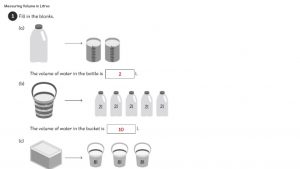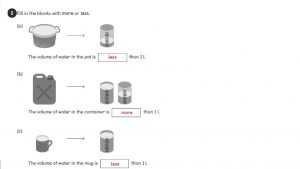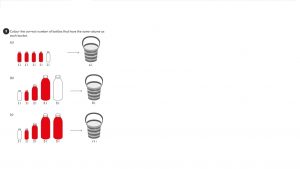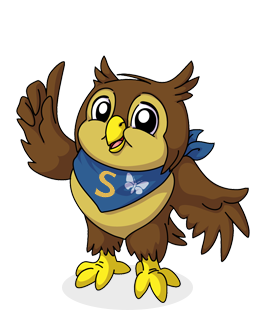English task
We are continuing with our new story ‘The Elves and the Shoemaker’. This is one of my favourite stories from my childhood so I hope you are enjoying it as much as I did! Today we would like you to do the task ‘Jas’ word games’. First, find each word from Jas’ list in the story from Monday. If you have a copy of the story printed you might like to highlight or underline them. If not, then just point to them on the screen. Talk about what you think the words mean from the context of the story. Then copy each word into your writing book and write the correct definition next to each one. The definitions are on the sheet so talk with your grown up about which definition goes with each word. Please use this as an opportunity to practise your neatest handwriting, thinking carefully about your letter formation.
Arithmetic task
Let’s keep practising counting in threes. Today, shuffle your number cards and lay them out face down except number 3. Put number 3 the right way up ready to create the counting in threes sequence. Now take turns with a partner to find the next number by turning over one number card. If you find the correct number place it next to the number in the sequence and have another go. If you did not find the correct number, play passes to your partner. Can you remember where the next number is? When you have the correct sequence laid out practise saying the numbers up to 36 and back.
Maths task
Here are the answers to yesterday’s worksheet:



Today’s lesson is measuring volume in millilitres and starts on page 191 in the MNP text book (Lesson 4). The main aim of the lesson is to introduce the unit of millilitres to measure volume. If you have some small containers it would be great to fill them with water then measure the volume by pouring the water into a measuring jug marked in ml. If you do not have a jug marked in ml perhaps you could find containers around the house that are marked in ml and make a collection of them, sequencing them from the smallest to largest by volume. Please do not write on pages 192 and 193 of the text book, just talk about the comparisons using ‘greater than’ and ‘less than’. Then complete worksheet 4 on page 162 of the MNP work book.
Topic Task – Wriggle and Crawl – Capture and Release
Investigate how far, how fast and in which direction snails move. Look under and in dark, damp places to find snails and collect them in plastic tubs. Use small dots of nail varnish to colour code the snails’ shells, making sure it doesn’t touch their soft, fleshy body. Record information about each snail, including its size, species (such as Helix aspersa or Helix lucorum) and any other notable features. Release the snails from a single location in your garden, then try to find them again the following morning. Make a map of your garden and mark where each one was found and work out which snail travelled the greatest distance, including any differences between species. Make a note of any snails that you couldn’t find.
Please remember to handle the snails carefully and to wash your hands after you have touched them.
You could spend five minutes each day for a week searching for and recording each snail’s location. Remember to search high and low, as snails often move up vertical surfaces. Do not move the snails if you find them, just mark their location on your map. You could also record the weather to see if it affects how far or how fast the snails move each day.
Where were the snails found? Why do you think you found them in those places? Which snail travelled the furthest? What direction did the snails travel in? Please let us know your discoveries.
Extra Reading Materials
If you would like some extra reading please follow this link:
Please get in touch via email if you have any questions or to share your work. We really enjoy seeing what you are doing.
Happy learning!
Mrs Clark and Mrs Murray



